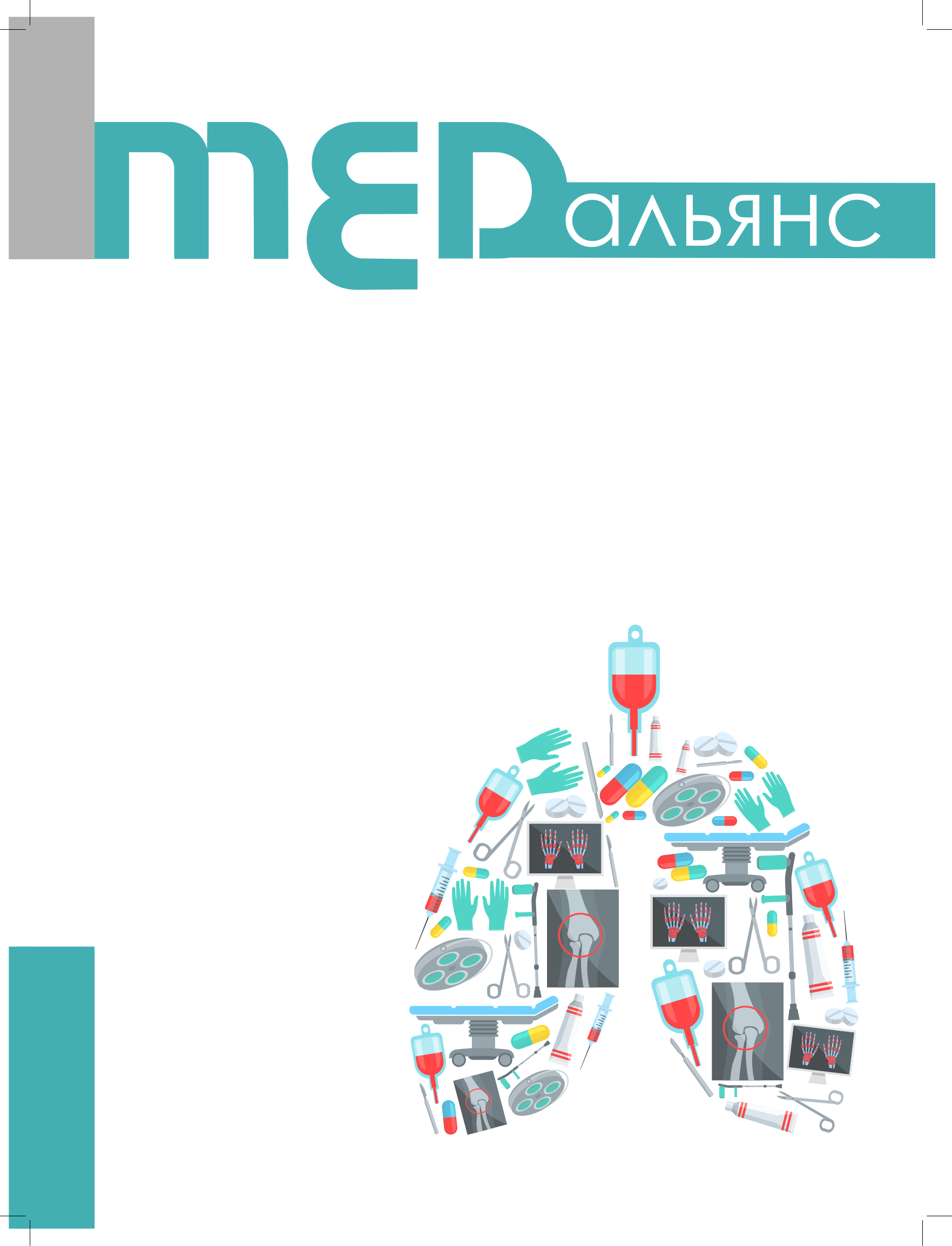Abstract
Chronic obstructive pulmonary disease (COPD) and pulmonary tuberculosis (TB) are a common pathology among respiratory diseases. Both conditions may have common risk factors, aggravating each other, accompanied by the development of bronchial obstructive syndrome, requiring mandatory medical correction to increase the effectiveness of therapy for both the main and concomitant pathologies.
The aim of the study was to study the effectiveness of treatment of TB in patients with COPD first diagnosed with tuberculosis, including those associated with HIV when prescribing long-acting B2-agonists.
Materials and methods. A simple comparative study included 60 patients of a TB dispensary aged 30–65 years. Patients were divided into 2 groups of 30 people (TB+COPD and TB+COPD+HIV), each of whom for 2 months received a long-acting B2-agonist (indacaterol) as an accompanying therapy for the correction of bronchial obstructive syndrome (BOS), with subsequent assessment of the effectiveness of therapy.
Results. Subjectively, patients of both groups noted the rapid development of positive dynamics (shortness of breath decreased from 1–3 days of taking the drug, coughing — within a week, tolerance to physical exertion improved), which was confirmed by indicators of the function of external respiration (FEV1). The state of the cardiovascular system was assessed by the results of daily monitoring of blood pressure (BPM). In the COPD+TB group, there is a certain average daily systolic blood pressure (SBP) with a tendency to normalize indicators, which is possibly associated with a decrease in the severity of hypoxia during bronchodilator therapy. In the COPD+TB+HIV group, the average daily level of SBP increased by 1 mm Hg, but given the very low starting rates, the increase in blood pressure had a positive effect on the patients' condition. The average heart rate (HR) during bronchodilator therapy did not tend to increase. The best TB treatment results were obtained in the TB+COPD group. In terms of the closure rate of TB+COPD decay cavities — 26.6%, TB+COPD+HIV — 20.0%), the TB+COPD+HIV group had longer periods of abacillation and closure of decay cavities, which is associa ted with the severity of the underlying and associated diseases. The drug was well tolerated in both groups. Conclusion. The use of 300 mcg long-acting B-adrenomimetics in the complex therapy of B2-adrenergic agonists for patients with TB+COPD and TB+ COPD+HIV can reduce the severity of bronchial obstruction syndrome, improve quality of life, increase adherence to TB treatment, thereby shortening hospitalization and reduce the likelihood of disability of patients, without the development of side effects from other organs and systems.

